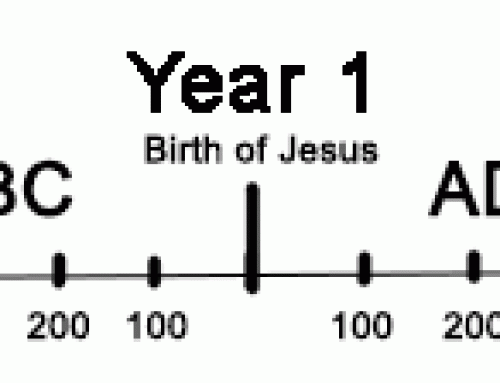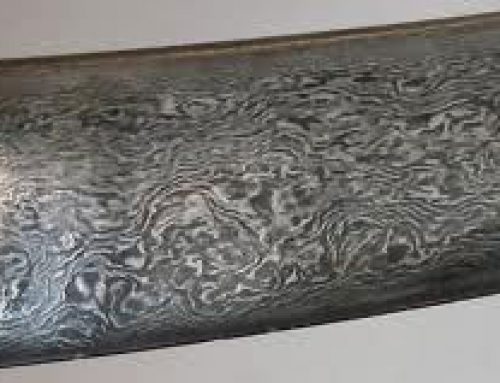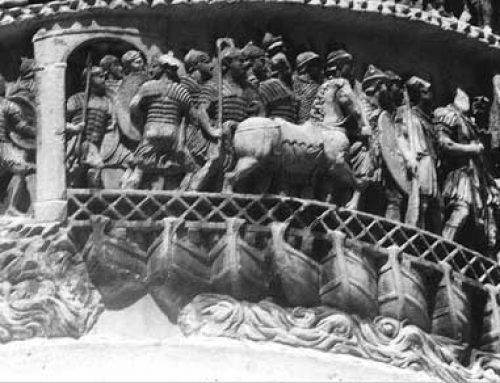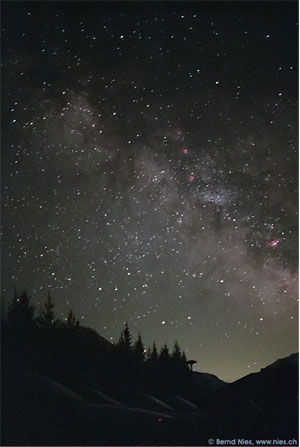
A starry sky with the Milky Way galaxy(thanks to Bernd Nies)
Early astronomy
The very earliest people, as early as six million years ago, knew much more about the moon and the planets and the stars than most people do today.
The moon
The planets
What are stars?
More astronomy articles
That’s because they lived mainly outside, without electric lights blocking out the sky, and they saw every night how the moon and the planets moved.
Charting the planets and stars
By about 3500 BC (and maybe long before that), people thought of these moving things in the sky as living beings – gods, with their own human-like personalities. If the moon and the planets were gods, they could affect the lives of people, and so the Mesopotamians and the Egyptians began to chart the movements of the planets and the moon to try to predict the future.
Mesopotamian astronomy
They identified hundreds of constellations of stars, drew star maps, and created the idea of horoscopes and the signs of the Zodiac. These early astronomers all thought that the earth was the center of the universe, and that the moon, the sun, the planets and the stars all went around and around overhead in the sky.
Earth is round
The Greeks named their planets the same way the Mesopotamians had, just translating the names. Around 600 BC, the Greek astronomer Thales rejected this idea that the moon and the stars were gods. Instead, Thales suggested that the earth was a round ball, and that the moon was lit by light reflecting from the sun.
Thales of Miletus
If the earth was round, then you could think of the moon and planets and stars and sun as going all the way around the earth. In 585 BC, Thales used this idea to become the first astronomer to successfully predict an eclipse of the sun. By about 430 BC, Anaxagoras had followed up on Thales’ ideas to show exactly what caused eclipses.
More about Anaxagoras
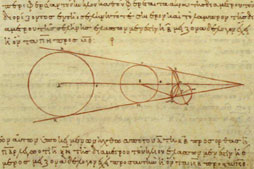
A copy of Aristarchus’ work on parchment from Constantinople, about 950 AD, showing the relative sizes of the sun, the Earth, and the moon
Earth goes around the sun
Two hundred years later, about 250 BC, the African astronomer Eratosthenes calculated the circumference of the earth, using the different shadows cast at noon in two different places – in northern Egypt and southern Egypt. Eratosthenes also figured out how far away the moon and the sun were from the Earth.
Eratosthenes of Cyrene
And shortly after that Aristarchus, also working in Egypt, figured out that the earth went around the sun, instead of the other way around, by considering the curved shadow of the earth on the moon during an eclipse of the moon.
Aristarchus of Samos
Aristarchus also figured out that the sun had to be a lot bigger than either the earth or the moon, and that the stars must be much, much farther away than the moon or the sun. Even though Aristarchus was right, though, most scientists thought he must be wrong – how could the stars really be that far away? It just seemed unlikely.
Astronomy in China
By 130 AD, Buddhist travellers from India had apparently brought news of these new Greek ideas to China, where Zhang Heng knew that the moon was a ball lighted by the sun, and understood eclipses.
Chinese astronomy
Meanwhile in the Mediterranean, astronomers were still debating this whole question. Roman astronomers named the planets using the old Mesopotamian system. And they followed some of the old Mesopotamian ideas. The Roman-Egyptian astronomer Ptolemy, for example, still thought that the sun and stars went around the earth. But other Roman astronomers thought Aristarchus might be right.
More about Ptolemy
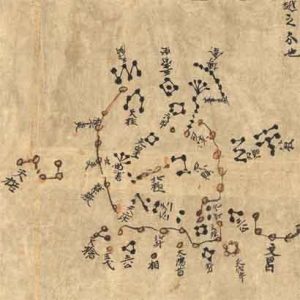
Chinese star chart possibly dating from the 600s AD, during the T’ang Dynasty
Trigonometry
About 500 AD, the Indian astronomer Arya Bhata added the new idea that the earth spun around on its axis to make day and night.
More about Arya Bhata
But Arya Bhata followed Ptolemy and the Mesopotamians in thinking that the earth was at the center of the universe and the moon and the planets, the sun and the stars all moved around the sky.
Even so, Arya Bhata did some important mathematical work on sines and cosines, and on time-pieces like water-clocks, that would help to measure the distances to the planets and stars.
A Chinese star chart from the 600s AD shows even some very faint stars that are hard to see with just your eyes.
How big are the sun and the moon?
About 900 AD, the Islamic astronomer Al Razi built on Arya Bhata’s work to show that the sun was bigger than the earth and the moon was smaller than the earth.
More about al-Razi
Islamic astronomy
Soon afterward, Islamic glassworkers used medical research on the way the human eye worked to figure out how to to make glass lenses that would focus the heat of the sun in one spot. By 1100 AD, Al Ghazali was able to understand again what caused eclipses of the sun and the moon.
More about al-Ghazali

Galileo
The Milky Way
About 1260 AD, another Islamic astronomer, Al Tusi, used an observatory to make very accurate measurements of the movements of the planets.
More about al-Tusi
Al Tusi also realized that the Milky Way was really not a cloud but a lot of very far away faint stars. In the 1470s, the Ottoman astronomer Ali Qushji revived the idea that the earth went around the sun.
Ottoman astronomy
Copernicus and Galileo
By 1514, the Polish astronomer Copernicus published a small book proving that the earth actually went around the sun, as Aristarchus had thought more than a thousand years earlier.
Renaissance astronomy
Still many people – most people – did not believe Copernicus, and his cause had to be defended in the later 1500s by Galileo, and again by Kepler, and again in the 1700s by Isaac Newton. Even though some astronomers have known for 2300 years that the earth and the planets go around the sun, there are still people today who don’t believe it.
(this article lacks information on Native astronomy in the Americas – we’re working on it!)
Greek astronomy
Roman astronomy
Islamic astronomy
Bibliography and further reading about ancient and medieval science:
Ancient Science: 40 Time-Traveling, World-Exploring, History-Making Activities , by Jim Wiese
